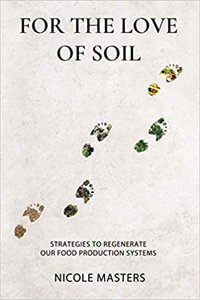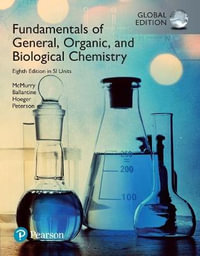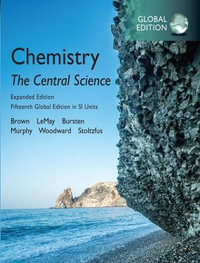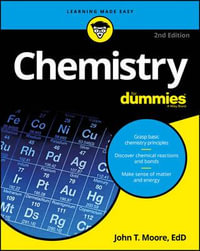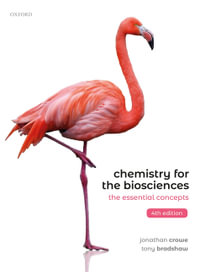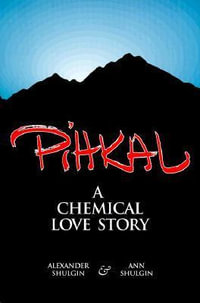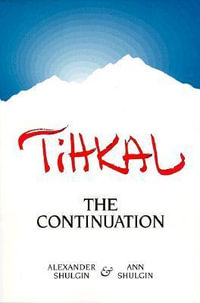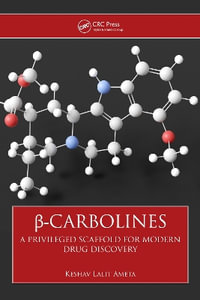
Identifying Microbes by Mass Spectrometry Proteomics
By: Charles H. Wick (Editor)
Paperback | 16 November 2016
At a Glance
Paperback
RRP $168.00
$124.25
26%OFF
Aims to ship in 7 to 10 business days
ISBN: 9781138199866
ISBN-10: 1138199869
Published: 16th November 2016
Format: Paperback
Language: English
Number of Pages: 290
Audience: General Adult
Publisher: Taylor & Francis Ltd
Country of Publication: GB
Dimensions (cm): 23.39 x 15.6 x 1.55
Weight (kg): 0.41
Shipping
| Standard Shipping | Express Shipping | |
|---|---|---|
| Metro postcodes: | $9.99 | $14.95 |
| Regional postcodes: | $9.99 | $14.95 |
| Rural postcodes: | $9.99 | $14.95 |
How to return your order
At Booktopia, we offer hassle-free returns in accordance with our returns policy. If you wish to return an item, please get in touch with Booktopia Customer Care.
Additional postage charges may be applicable.
Defective items
If there is a problem with any of the items received for your order then the Booktopia Customer Care team is ready to assist you.
For more info please visit our Help Centre.
You Can Find This Book In
This product is categorised by
- Non-FictionScienceBiology, Life SciencesMolecular Biology
- Non-FictionScienceChemistryAnalytical ChemistrySpectrum Analysis
- Non-FictionSocial Services & WelfareCrime & CriminologyCriminal Investigation & DetectionForensic Science
- Non-FictionScienceBiology, Life SciencesMicrobiology excluding Medical
- Non-FictionScienceBiology, Life SciencesLife Sciences in General











